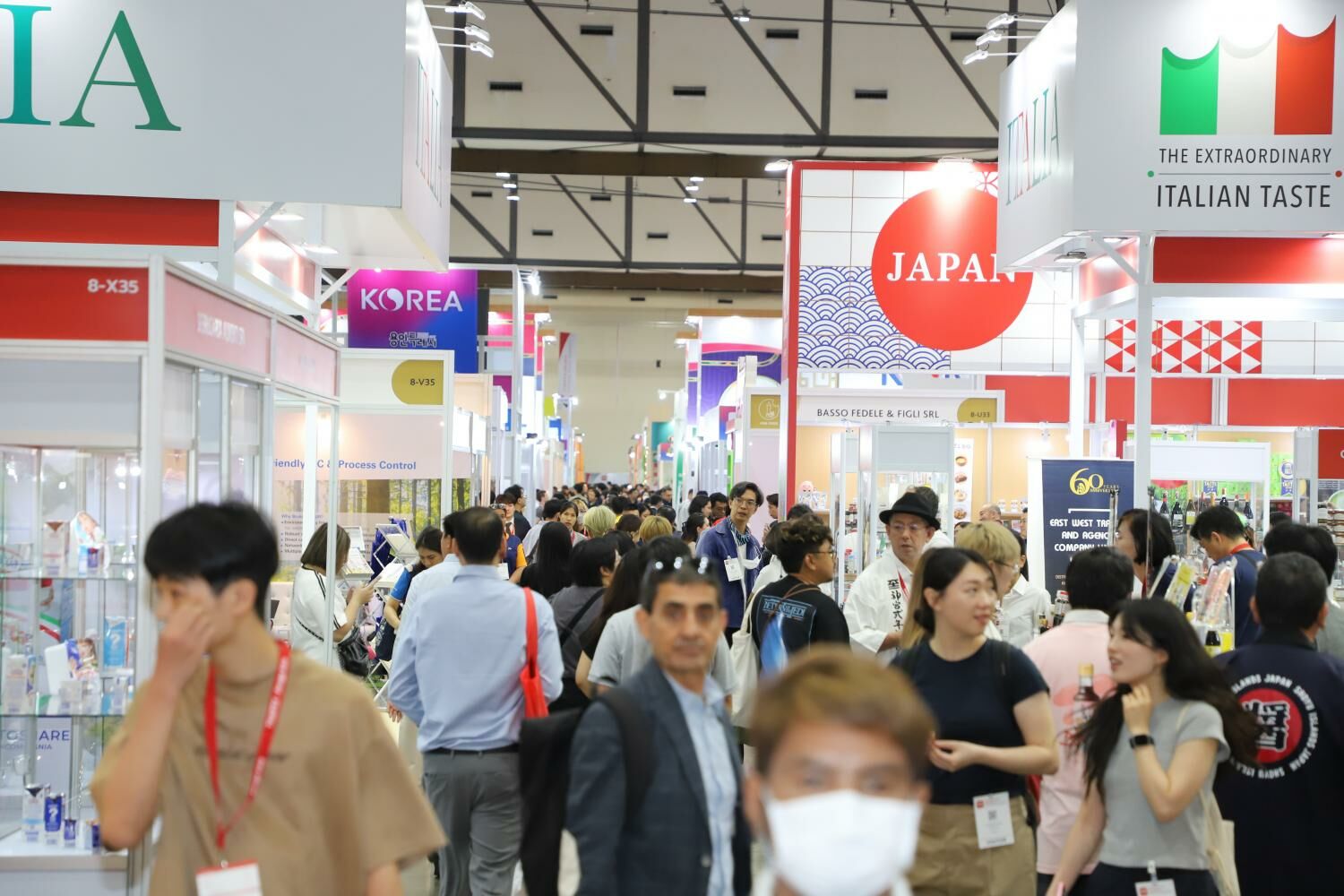International visitors boost Thailand’s MICE sector by 5%

International visitors are set to drive Thailand’s MICE (meetings, incentives, conferences, and exhibitions) sector beyond its annual target by 5%, helping to offset a sluggish domestic market.
Chiruit Isarangkun Na Ayuthaya, President of the Thailand Convention and Exhibition Bureau (TCEB), reported a robust recovery in the international market during the first three quarters of the 2024 fiscal year, spanning from October 2023 to June 2024. This period saw 894,584 MICE arrivals, generating nearly 53 billion baht (US$1.4 billion), Chiruit said.
“The nine-month international performance has already surpassed this year’s target of 636,694 travellers and 36.7 billion baht (US$1 billion) in revenue.”
Chiruit added that this momentum sets a positive tone for 2025. TCEB aims for 1.4 million international visitors and 92 billion baht (US$2.5 billion) in revenue next year, assuming optimal conditions.
Conversely, the domestic market has struggled, recording 17 million travellers and generating approximately 56.7 billion baht (US$1.5 billion), significantly below the target of 22.2 million travellers and 73 billion baht (US$2 billion) in revenue.
By the end of the current fiscal year, the strong international market is expected to push overall MICE revenue to 136 billion baht (US$3.7 billion), thanks to several upcoming events expected to attract over 1,000 participants each.
From July to September, Thailand will host major events such as the IUPAC International Conference on Chemistry Education in Pattaya, the Bangkok International Digital Content Festival 2024, and the Thailand International LGBTQ+ Film & TV Festival 2024 in Bangkok.
MICE sector
Despite slow economic growth, Chinese travellers dominated the market during the first half of the 2024 fiscal year. Of the 196,538 Chinese MICE travellers during this period, meeting groups were the largest segment with 62,114 travellers, followed by incentive groups (57,905), exhibitions (48,410), and conventions (28,109).
Indians ranked second in MICE travel to Thailand, followed by Malaysians, Singaporeans, and Germans in third, fourth, and fifth places respectively.
Chiruit highlighted an increasing number of Chinese exhibitors in Southeast Asia, seeking new business opportunities amid sluggish domestic consumption in China. Trade exhibitions in Thailand have seen a rise in Chinese pavilions, supported by local Chinese governments encouraging small and medium-sized manufacturers to showcase their products.
Regarding the government’s initiative to boost tourism revenue in 55 second-tier cities, Chiruit acknowledged the potential but noted significant challenges.
“If the government wants to organise large-scale events in second-tier provinces, it might not be appropriate due to the limitations on standardised supply. Those destinations are more suitable for purposive incentives and meetings, such as those looking for CSR or ESG activities.”
A TCEB survey identified only nine provinces with potential for the MICE segment: Chiang Rai, Sukhothai, Buri Ram, Ubon Ratchathani, Kanchanaburi, Prachuap Khiri Khan, Ayutthaya, Phetchaburi, and Nakhon Si Thammarat, reported Bangkok Post.
Chiruit also commented on the government’s consideration of legalising casinos within entertainment complexes, citing successful examples in Las Vegas and Macau. However, he expressed confidence that Thailand’s MICE market could thrive even without casinos.
Latest Thailand News
Follow The Thaiger on Google News:


























